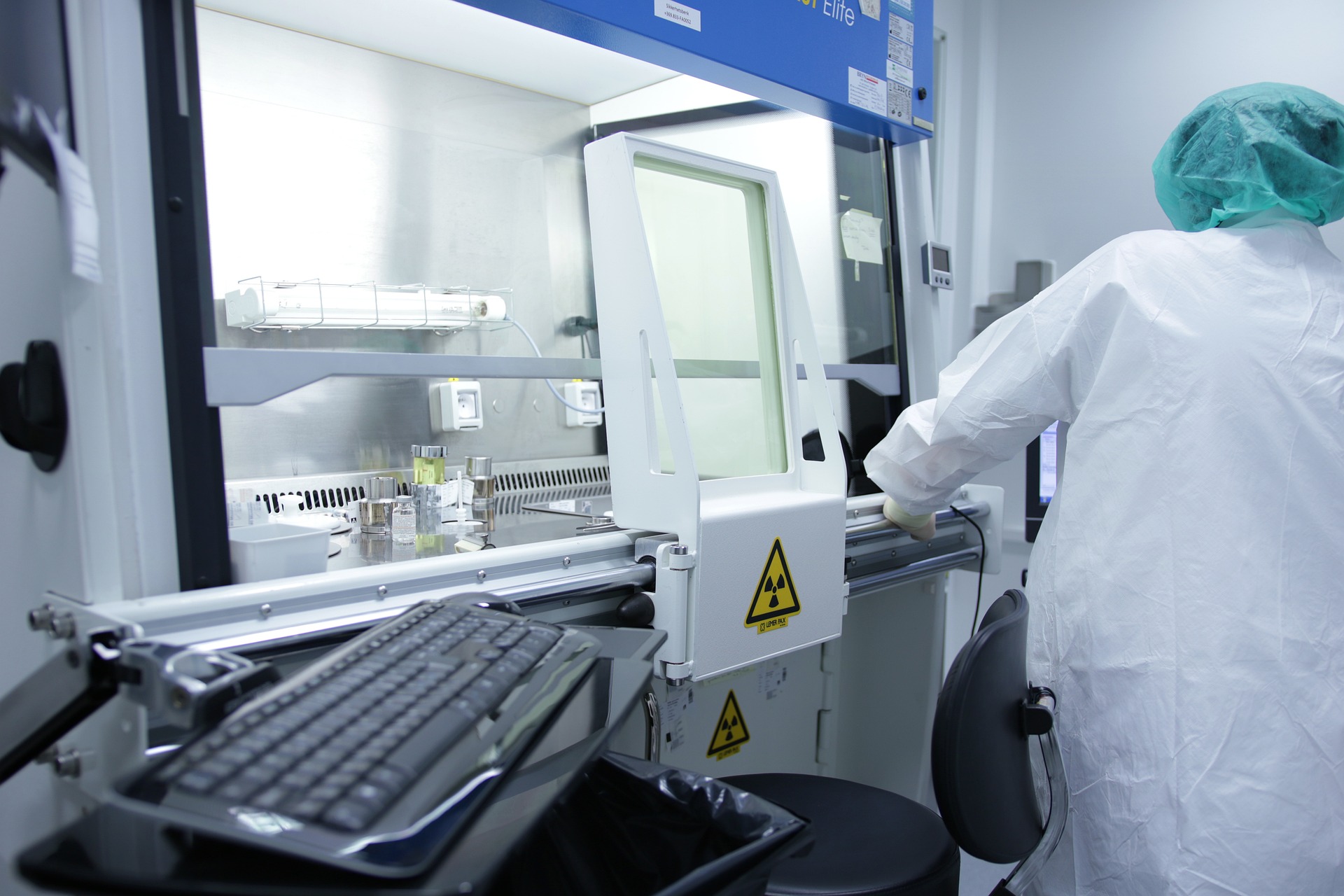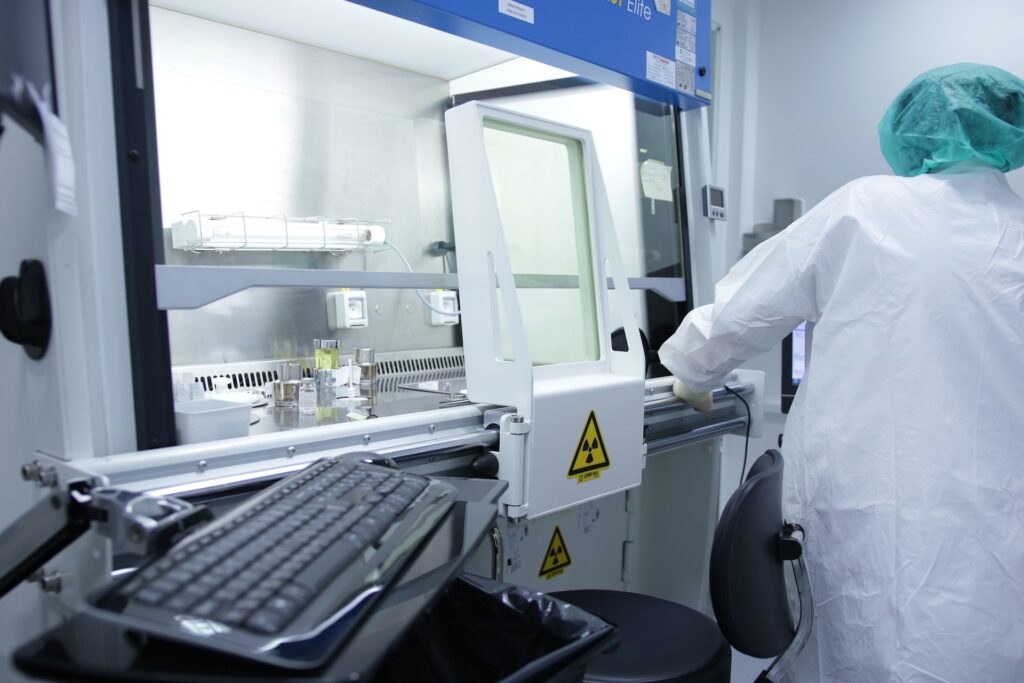
Image: Pixabay
Using isotopes of carbon, nitrogen, phosphorus and other elements, it is possible to track the movement of nutrients.
Ninety-five percent of the food we eat is grown directly or indirectly in the ground. Today, however, this essential natural resource is threatened by many forms of land degradation. According to the Food and Agriculture Organization of the United Nations (FAO), around a third of the world's soil is already damaged by inadequate and unsustainable agricultural practices, climate change or pollution, covering up to 50,000 square kilometers.
{module Form RD}
Nuclear and isotopic techniques can help minimize soil nutrient losses, allowing scientists to collect accurate data to better assess and manage soil quality and health. They provide valuable and reliable quantitative data to make accurate and informed decisions about managing and conserving farmland while reducing environmental impacts.
″Soil is a vital but non-renewable resource because it takes up to a thousand years to produce just two to three centimeters of it,″ said Lee Kheng Heng, head of the Soil and Water Management and Crop Nutrition Section at the Joint FAO/FAO Center. IAEA. ″Nuclear techniques help monitor soil processes to protect our soils, improving agricultural production, food security and human well-being in all parts of the globe.″
Using isotopes of carbon, nitrogen, phosphorus and other elements, it is possible to track the movement of nutrients from organic and inorganic fertilizers from the soil to plants and the environment. Isotopic techniques allow scientists to measure the dynamics of chemical elements in soils and crops.
″We know that from ancient civilizations to the present day and beyond, soils have played and will continue to play a central role in people's subsistence and survival,″ said Mohammad Zaman, soil scientist at the Joint FAO/IAEA Centre. ″To stop soil loss, we need smart and innovative solutions. Isotopic techniques provide just that.″
Source: Leonardo Gottems | agrolink
















